Over the years, Old Towne Orange residents have made their peace with a diverse parade of people in the city that Chapman University calls home. How those Old Towne residents learned to coexist reveals both bitter and sweet chapters of the region’s history.
Considering Orange County’s reputation for division and exclusion in the early- to mid-20
th
century, Orange residents often set a standard of tolerance, says
Paul Apodaca, Ph.D.
, a professor of sociology at Chapman as well as an author and scholar of the American Indian experience in California.
“There (was) a different church on every corner in the town. That type of diversity did not exist in any other farming town around here. Tustin had the Presbyterian Church and was unwilling to have any others. Most of the towns had that type of pattern. Orange was always a tolerant community, by O.C. standards,” he says.
A small lesbian community was long part of Old Towne, and many of the women were members of the Orange Lionettes fast-pitch softball team, playing alongside heterosexual women from throughout the community, Apodaca says. The Lionettes brought home national titles in 1950, ’51, ’52, ’55 and ’56.
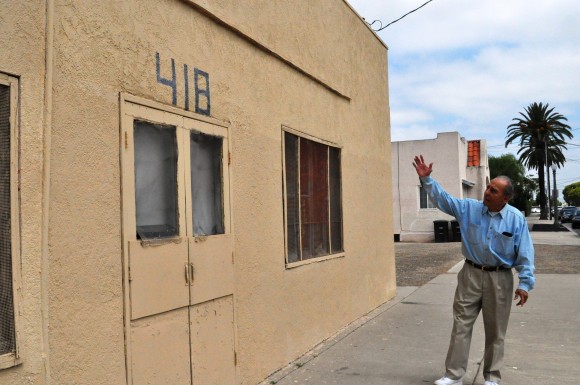
Leo Castro at former Luna Market.
But racial divisions ran deep, he adds. In early years the city pool at Hart Park was segregated, as were the schools. Latinos were prevented from buying homes in many areas, both by practice and by real estate covenants written into property deeds. Orange resident Leo Castro remembers feeling the sting of prejudice many times as he and his wife were repeatedly blocked from buying one of the city’s first tract houses after he returned home from military service in the early 1950s.
“Things were still tough,” says Castro, now president of the Orange Barrio Historical Society, a group dedicated to preserving the history of the town’s Mexican-American community.

The Cypress Street Schoolhouse, significant for being the last-standing Mexican-American segregated schoolhouse in Southern California, has been restored by Chapman and now houses a research center dedicated to maternal-child health. Photo by Da Zhang (MFA ’15).
Today, he doesn’t dwell on the injustice of the time but is eager that it not be forgotten. The group has a meeting room in the Cypress Street Schoolhouse, significant for being the last-standing Mexican-American segregated schoolhouse in Southern California. The building has been restored by Chapman and now
houses a research center dedicated to maternal-child health
.
Historic photos from the days when the barrio was a thriving family community line the walls of the schoolhouse, and Castro delights in pointing out his in-laws’ wedding portrait and a photograph of his wife working the packing line at the former Villa Park Orchards Packing House.
“The neighborhood was calm,” he says. “People were hard working, but they lived beautifully.”
Old Towne Orange today:
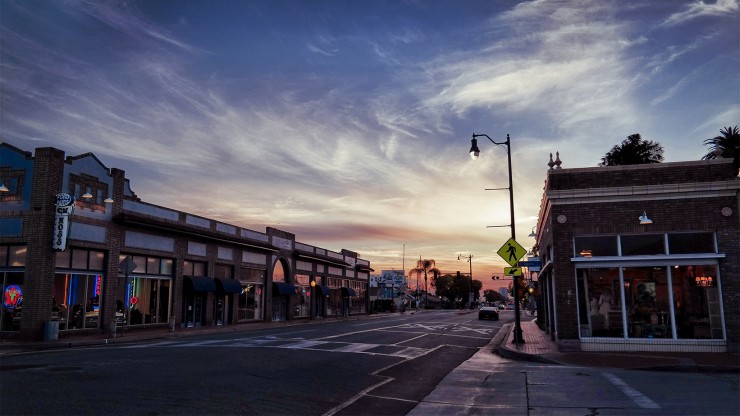
Today: Chapman Avenue.
Photo at top: “North Glassell, Orange, Calif.” Courtesy of the Local History Collection, Orange Public Library, Orange, CA.
>>MORE: Chapman’s goal is to help foster an intellectual village that starts on campus and extends into the surrounding neighborhoods. Increasingly, Chapman faculty and staff are also calling Old Towne home. Read more.
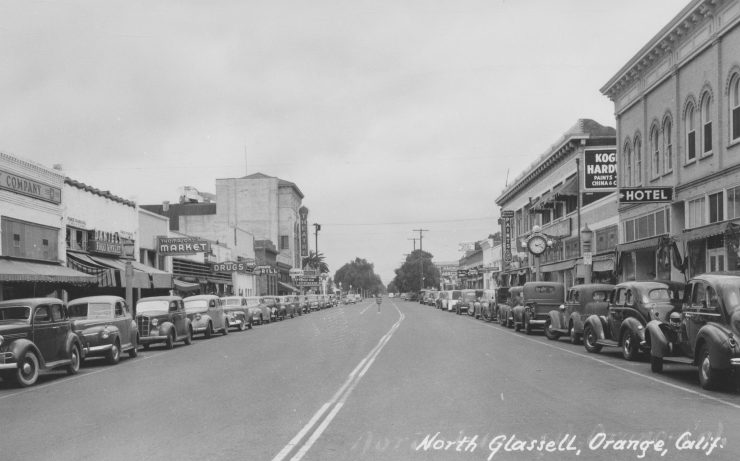
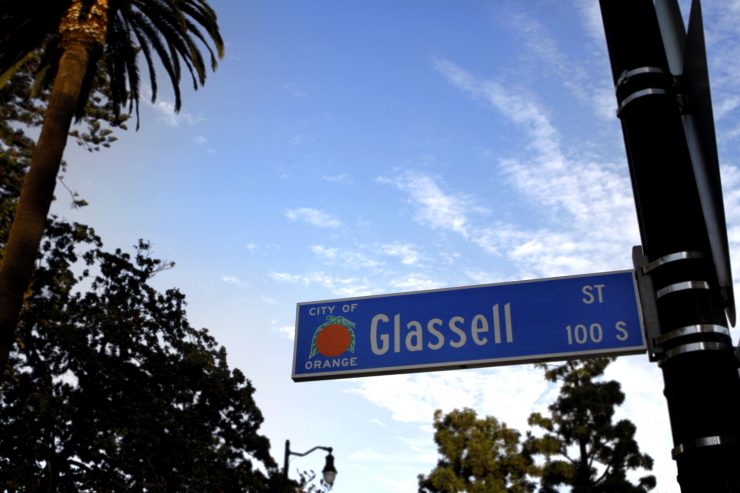
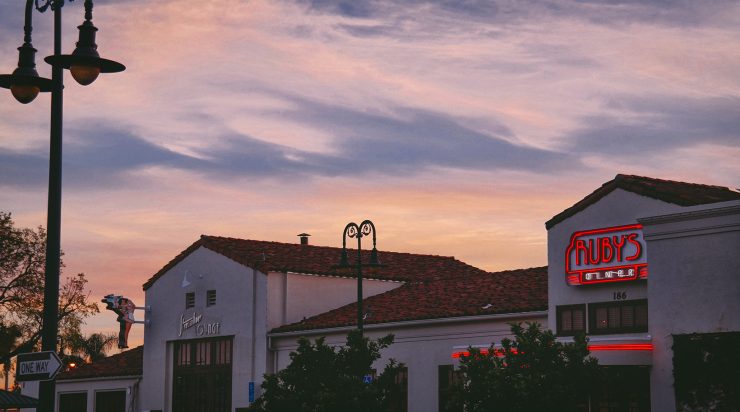
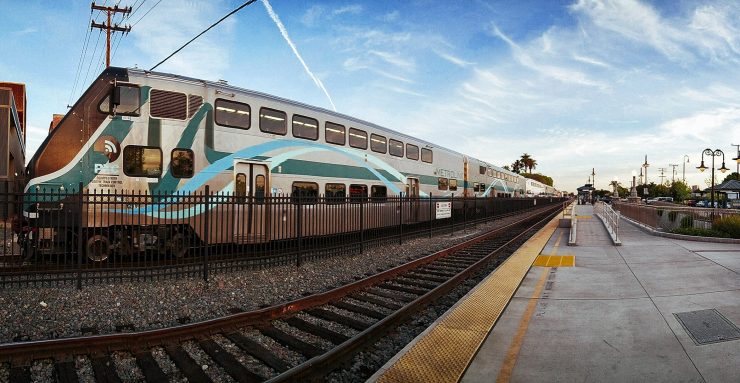
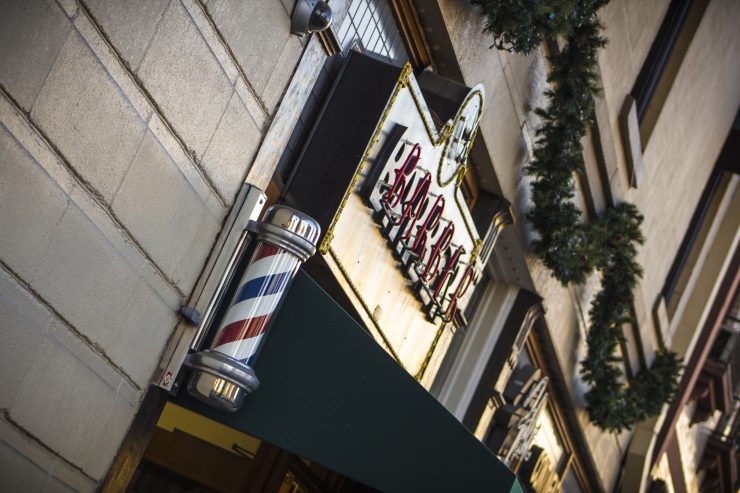
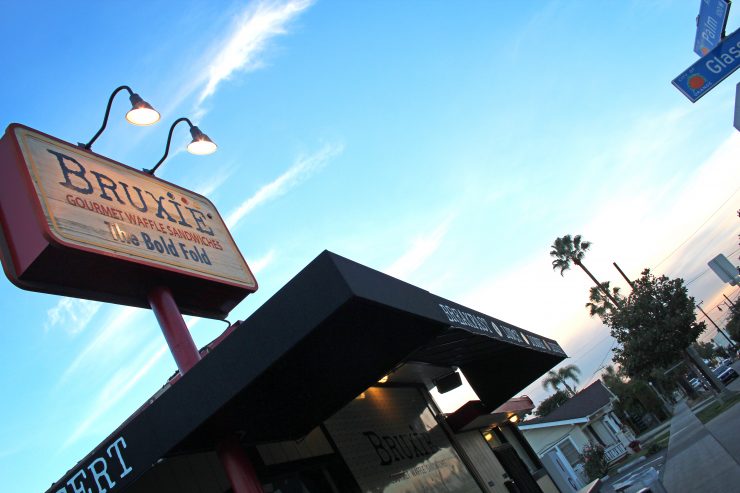
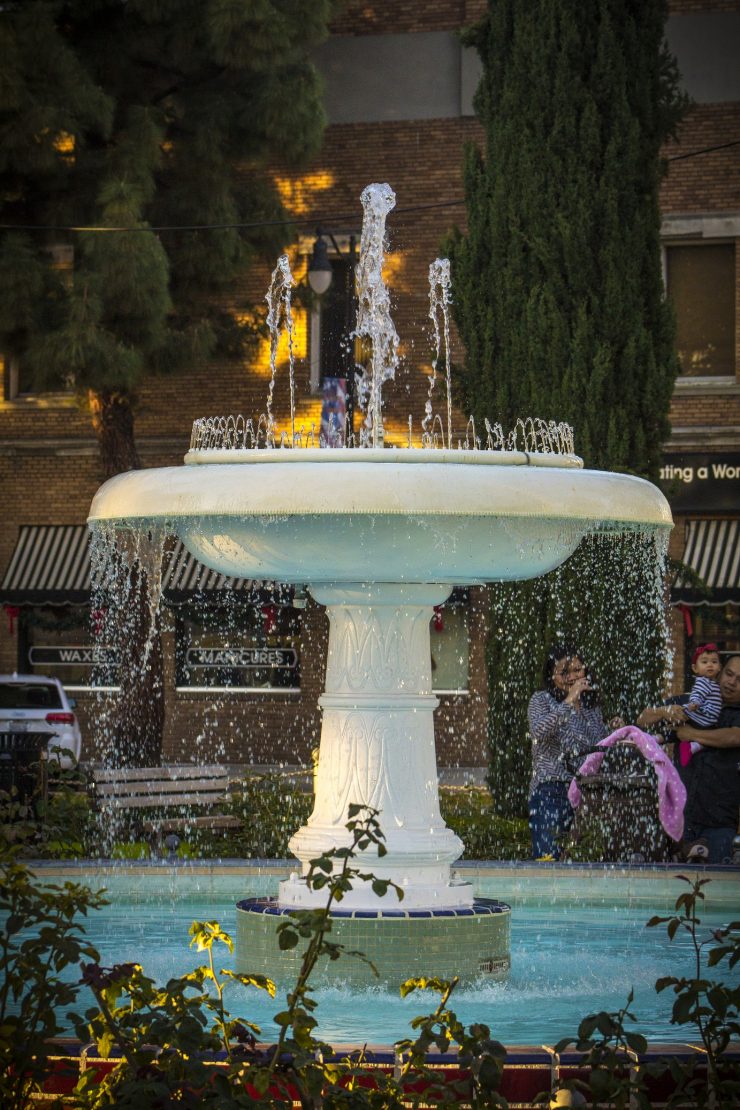
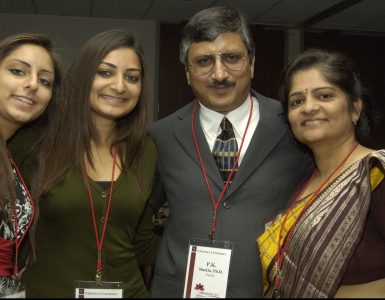
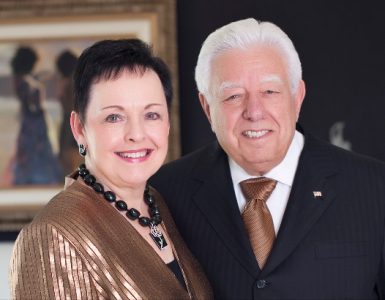
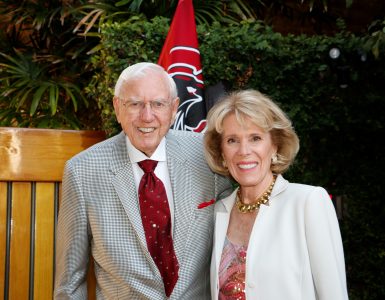

Add comment